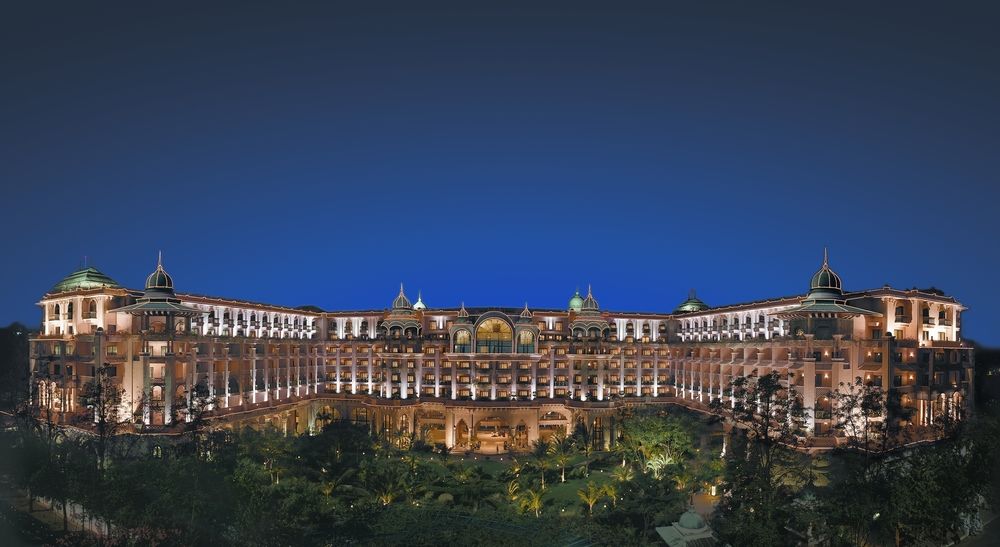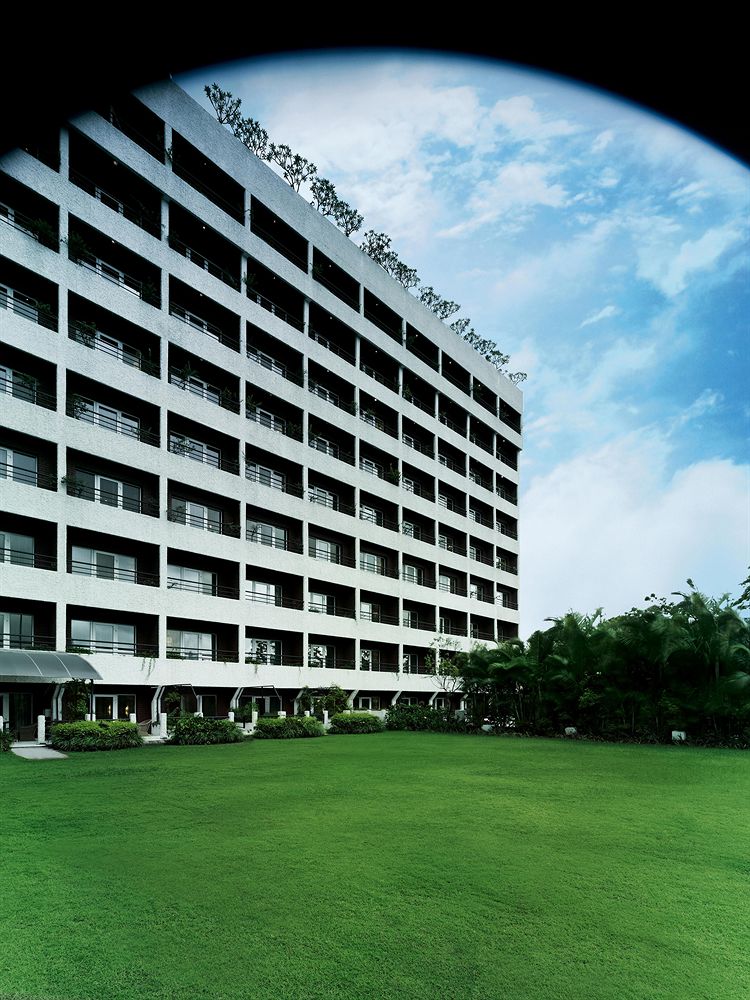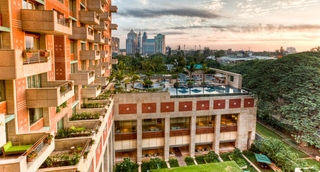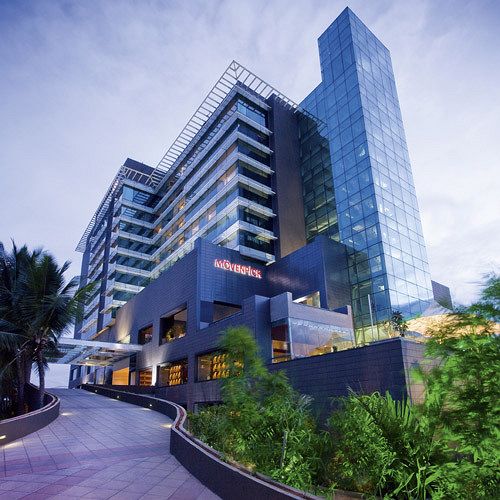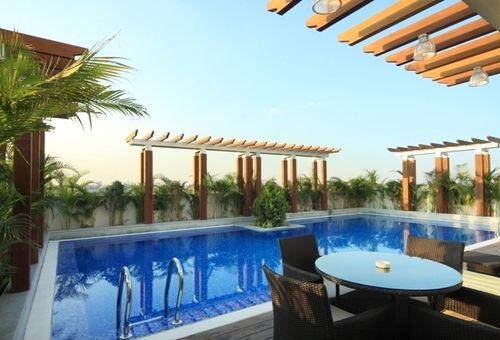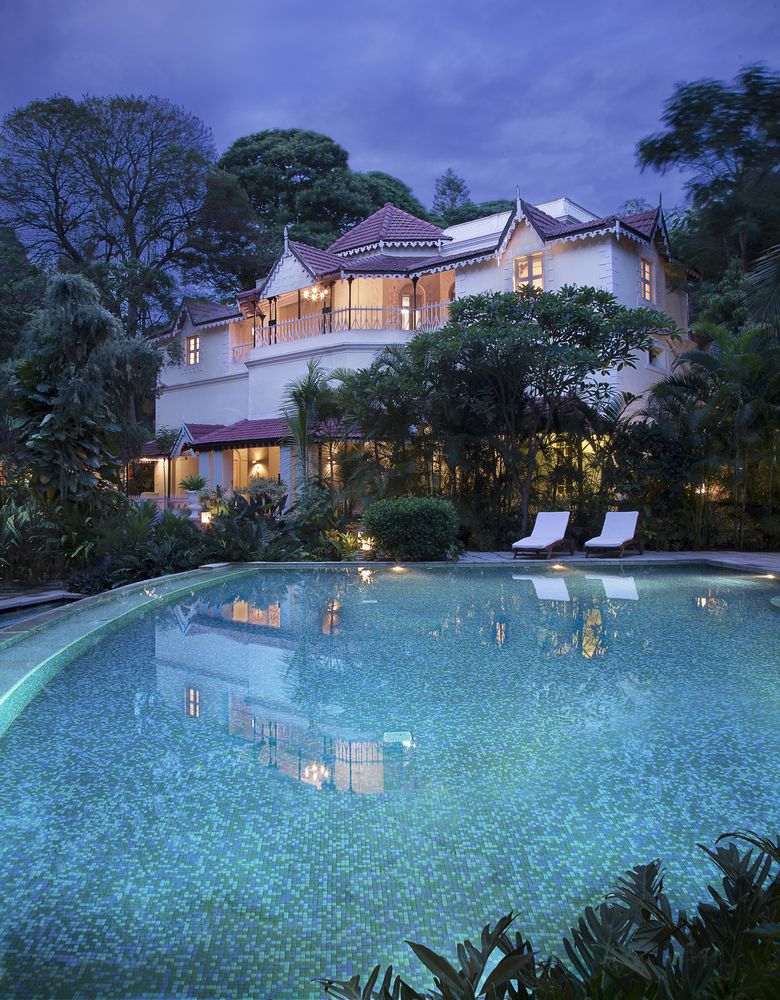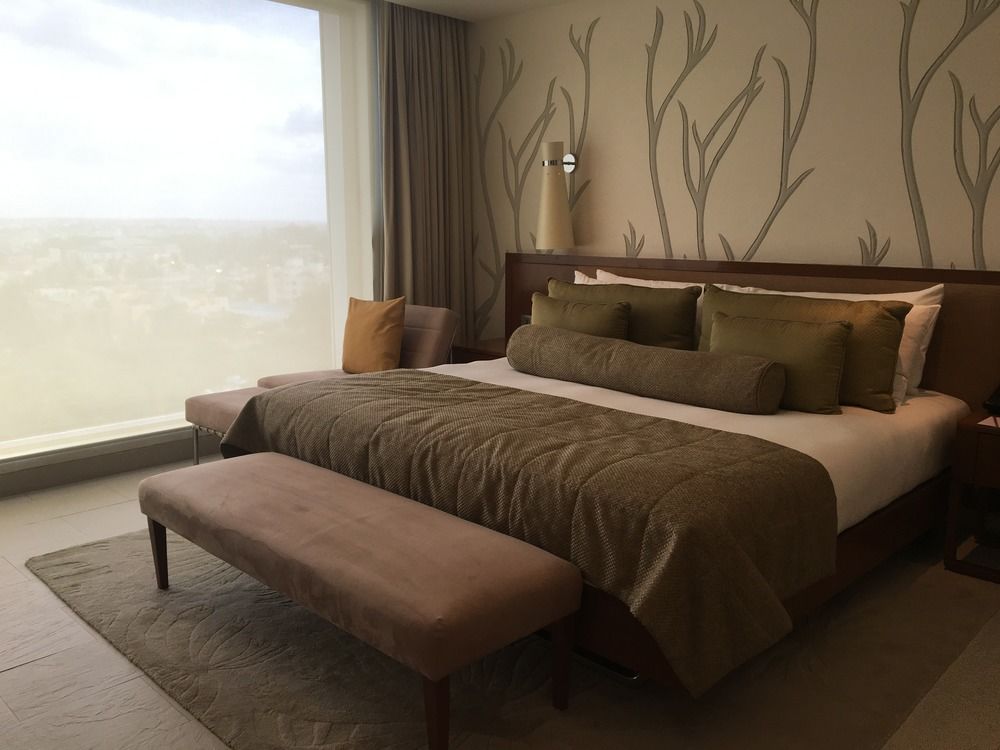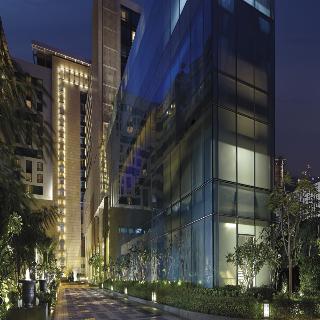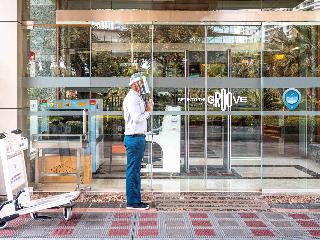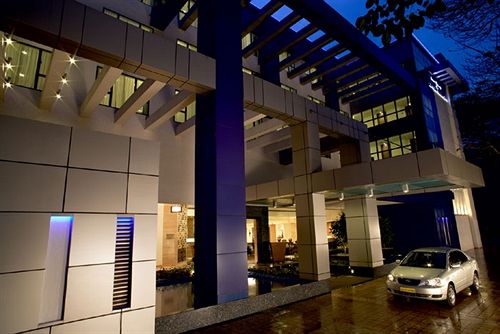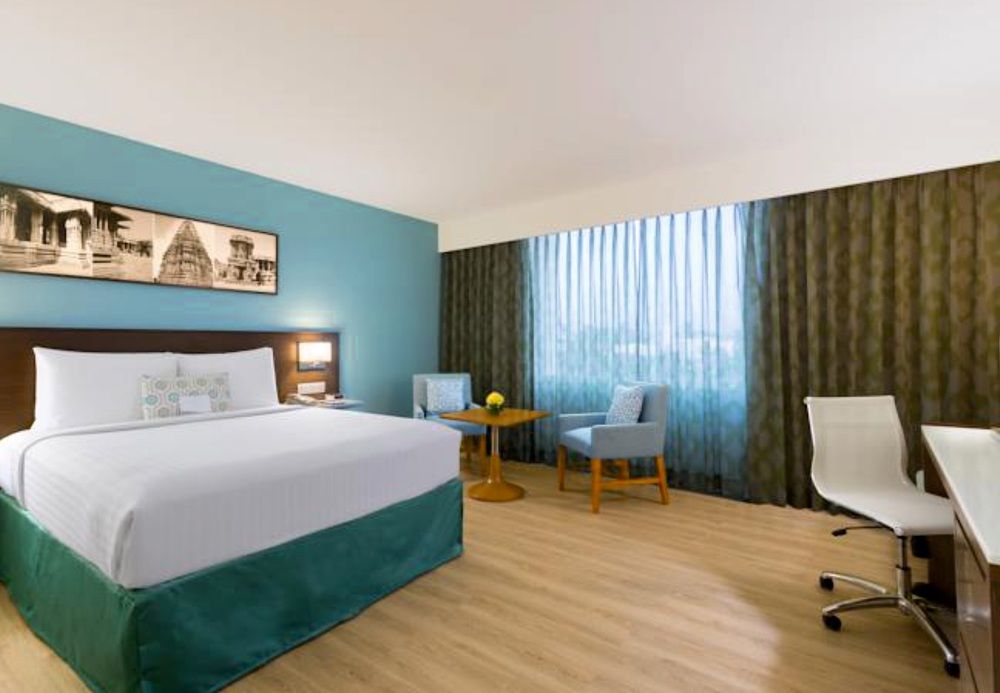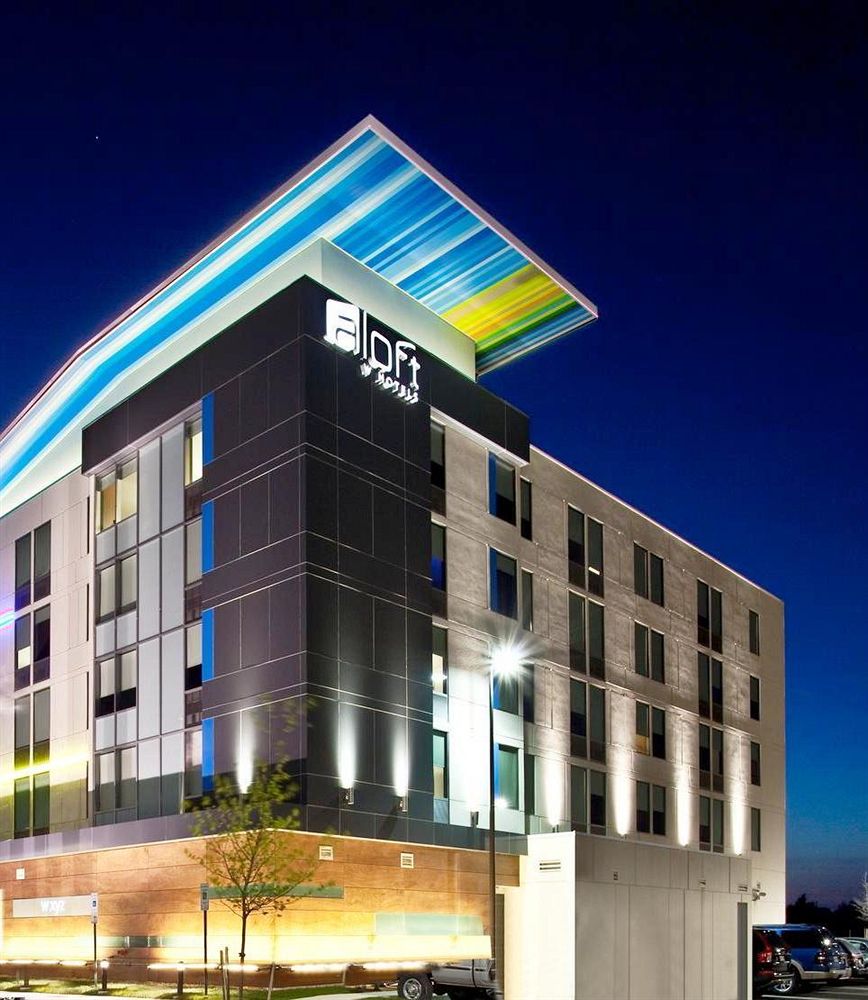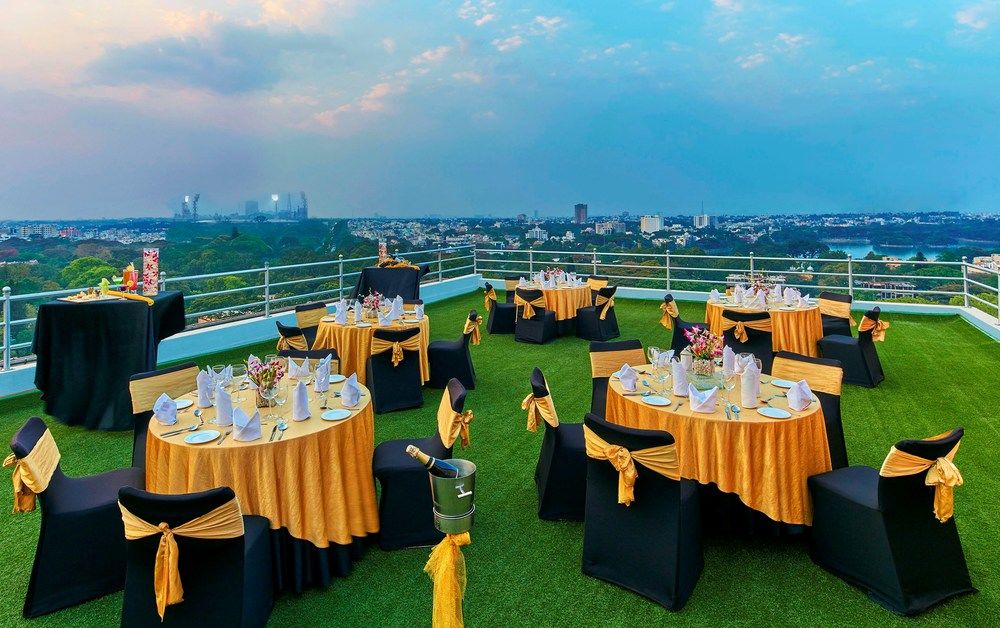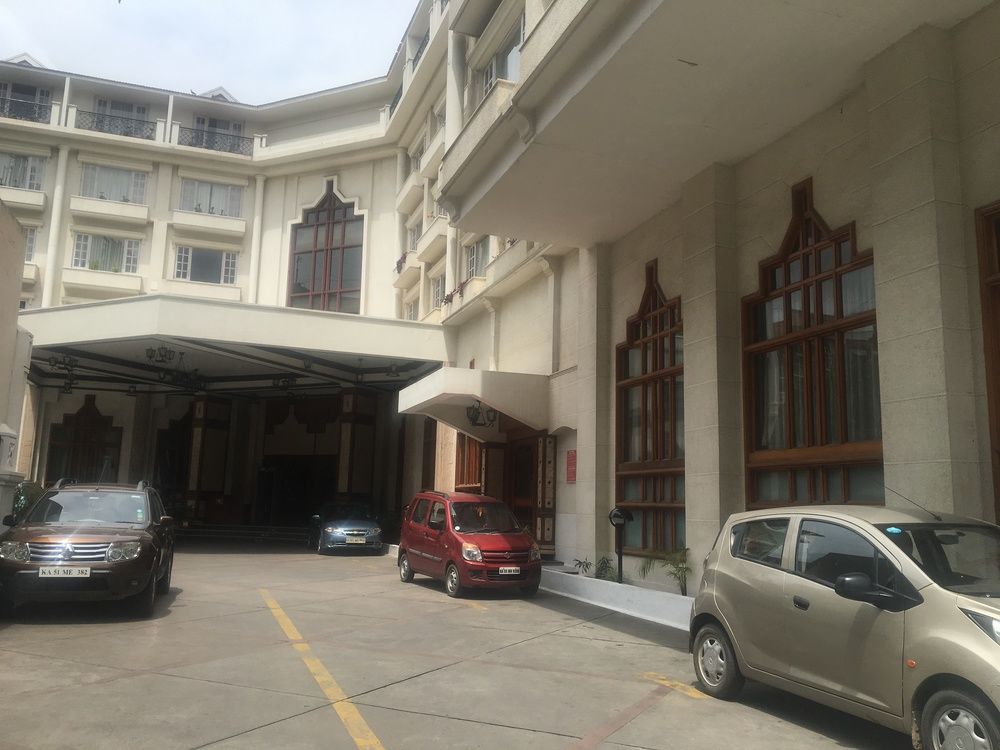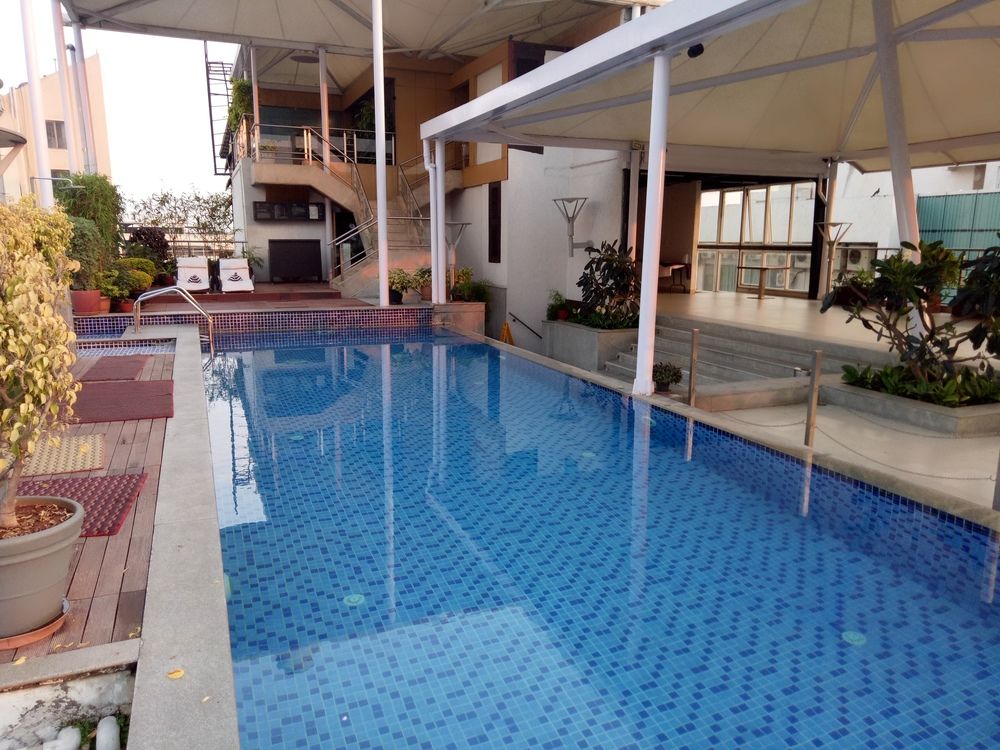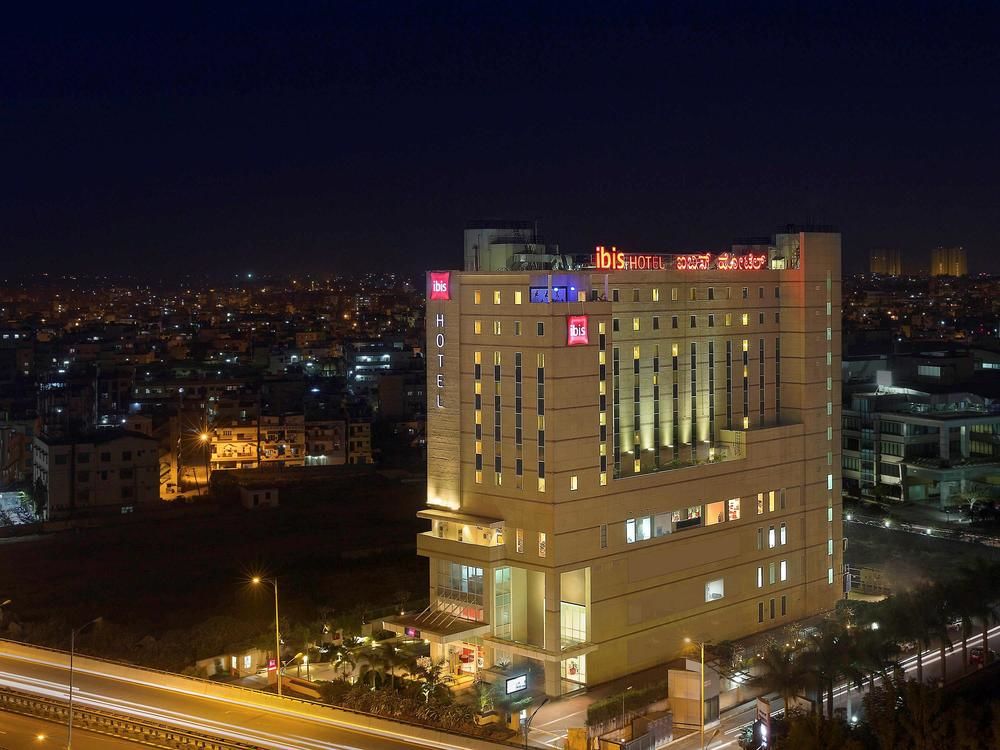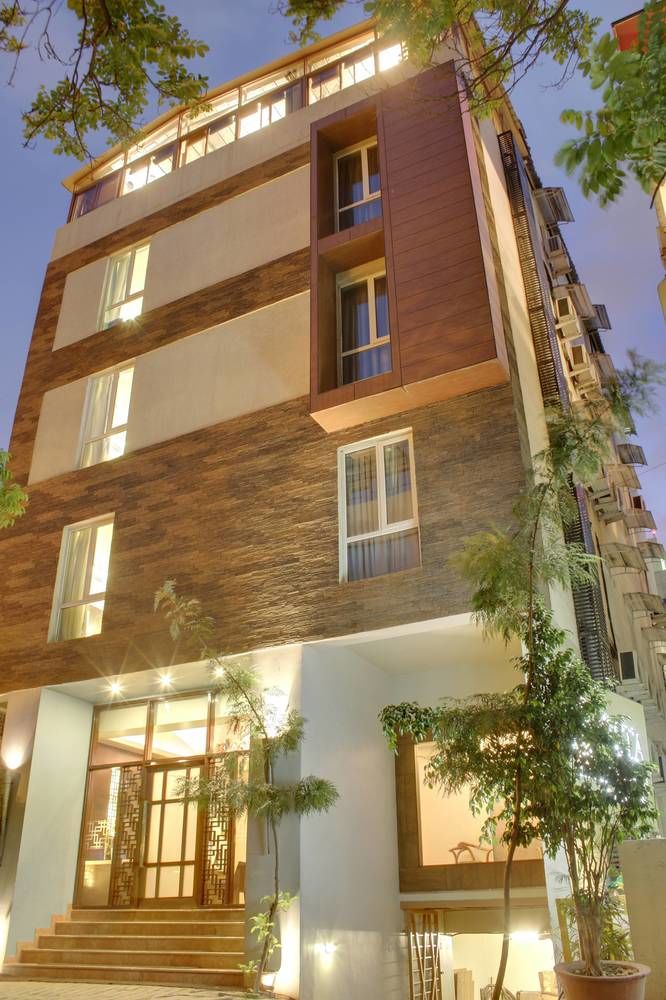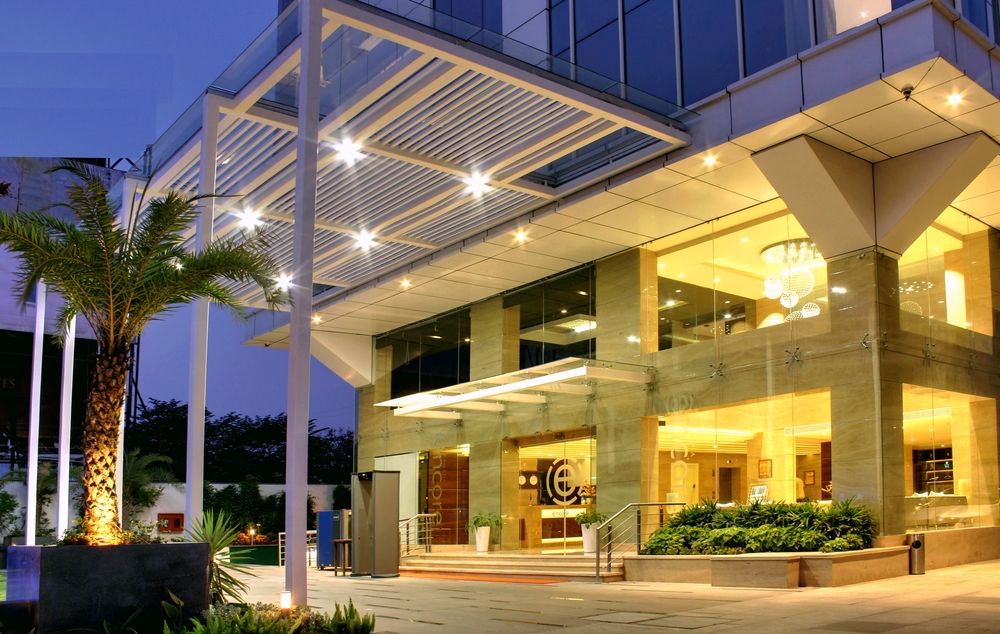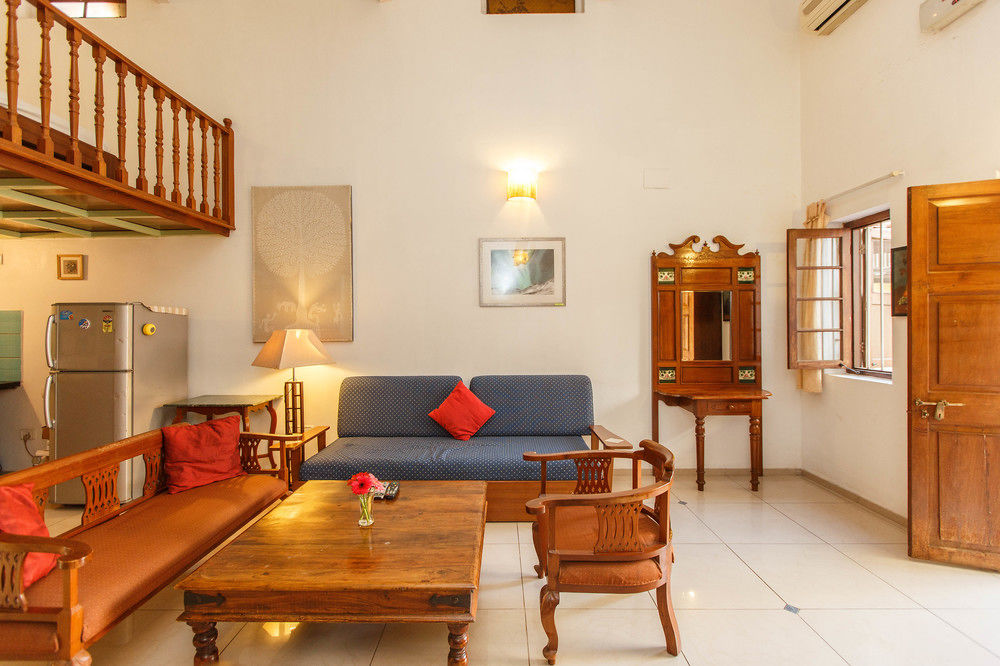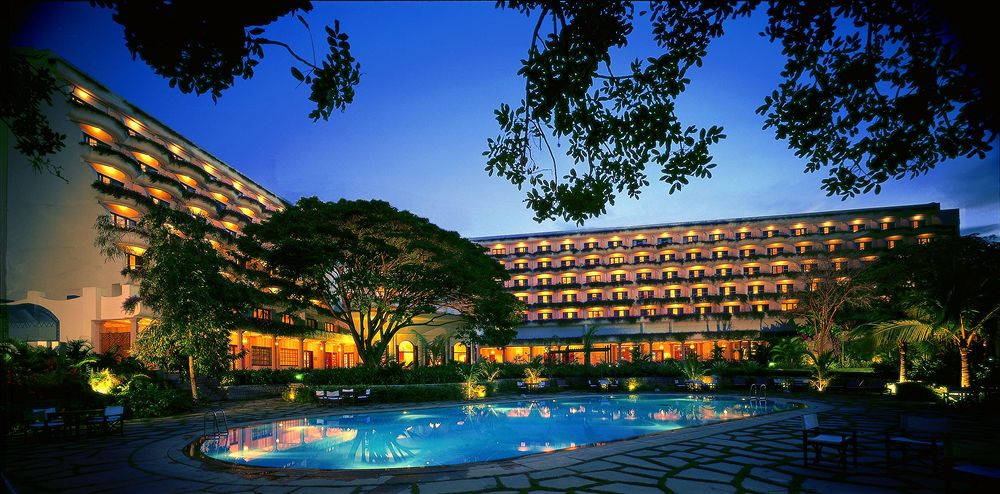
Find hotels in Bangalore
Lowest prices detected by AI for hotels
Best
Cheapest
Star Ratings
AI Recommended
Best Hotels In Bangalore
Cheapest Hotel Deals in Bangalore
Top Rated Hotels
5 Star Hotels in Bangalore
4 Star Hotels in Bangalore
3 Star Hotels in Bangalore
AI-recommended Destinations
Where to stay in Bangalore
More About Bangalore
“India's silicone valley”
Bangalore (), officially known as Bengaluru ([ˈbeŋɡəɭuːɾu] ( listen)), is the capital of the Indian state of Karnataka. It has a population of over ten million, making it a megacity and the third most populous city and fifth most populous urban agglomeration in India. It is located in southern India on the Deccan Plateau. Its elevation is over 900 m (3,000 ft) above sea level, the highest of India's major cities.A succession of South Indian dynasties, the Western Gangas, the Cholas and the Hoysalas, ruled the present region of Bangalore until in 1537 CE, Kempé Gowdā – a feudal ruler under the Vijayanagara Empire – established a mud fort considered to be the foundation of modern Bangalore. In 1638, the Marāthās conquered and ruled Bangalore for almost 50 years, after which the Mughals captured and sold the city to the Mysore Kingdom of the Wadiyar dynasty. It was captured by the British after victory in the Fourth Anglo-Mysore War (1799), who returned administrative control of the city to the Maharaja of Mysore. The old city developed in the dominions of the Maharaja of Mysore and was made capital of the Princely State of Mysore, which existed as a nominally sovereign entity of the British Raj.
In 1809, the British shifted their cantonment to Bangalore, outside the old city, and a town grew up around it, which was governed as part of British India. Following India's independence in 1947, Bangalore became the capital of Mysore State, and remained capital when the new Indian state of Karnataka was formed in 1956. The two urban settlements of Bangalore – city and cantonment – which had developed as independent entities merged into a single urban centre in 1949. The existing Kannada name, Bengalūru, was declared the official name of the city in 2006.
Bangalore is sometimes referred to as the "Silicon Valley of India" (or "IT capital of India") because of its role as the nation's leading information technology (IT) exporter. Indian technological organisations ISRO, Infosy
 Time UTC+06
Time UTC+06 Currency INR
Currency INR Languages Hindi, English, Bengali, Gujarati, Kashmiri, Malayalam, Marathi, Oriya, Punjabi, Tamil, Telugu, Urdu
Languages Hindi, English, Bengali, Gujarati, Kashmiri, Malayalam, Marathi, Oriya, Punjabi, Tamil, Telugu, UrduWhat’s Special about Staypia?
Compare hotel prices in real-time
AI finds you the lowest price for hotels in Bangalore.
Lowest price for 3.16M hotels worldwide
Book with up to 31% extra discounts only for Staypia members.
Travel bucket list for Bangalore
Plan your trip with over 17K 'must see' recommendations for Bangalore
Frequently Asked Questions
The best hotels in Bangalore are The Oberoi Bengaluru, The Leela Palace Bangalore, Sheraton Grand Bangalore Hotel at Brigade Gateway.
The best 5 star hotels in Bangalore are The Oberoi Bengaluru, The Leela Palace Bangalore, Sheraton Grand Bangalore Hotel at Brigade Gateway. Search for the most highly rated hotels in Bangalore
The most highly rated hotels in Bangalore are The Oberoi Bengaluru, The Leela Palace Bangalore, Sheraton Grand Bangalore Hotel at Brigade Gateway.
Generally, room reservations are subject to a free refund until the cancellation deadline. Fees may apply after the cancellation deadline, so please check the cancellation deadline on your hotel voucher or in Menu > My Reservation.
If you’re a frequent traveler, Staypia is the best place to get the best hotel deals. You can book hotels with the lowest price of 3.16 million hotels collected by AI, and receive additional discounts for members only.
